
Technical tours
A traditional part of INTECOL Wetlands conferences are technical tours – field trips to relevant areas. All of them take place on Wednesday, 2nd July. They last from 8:00-16:30, lunchboxes are included. Bring appropriate clothing and footwear! You can select your favourite in the registration form.
Tour 1: The Järvselja research complex: Free Air Humidity (FAHM) experimental site – SMEAR station – Agali-II peatland forest biogeochemical research station
The Free Air Humidity Manipulation (FAHM) research facility was established in Estonia in 2006-2007 to elucidate the functional consequences of climate change on the growth and functioning of forest ecosystems. The impact of elevated humidity is being studied in stands with different degrees of functional complexity and on the processes within these ecosystems (water, carbon and nitrogen cycles, productivity, changes in species composition, etc.).
The SMEAR Estonia – Station for Measuring Ecosystem-Atmosphere Relation – measures greenhouse gas (GHG: CO2 and CH4 ) and NOx fluxes above the paludified forest canopy, using eddy covariance technique.
We will end our trip at the Agali-II forest experimental site, where the impact of flooding on drained peatland forest biogeochemical cycle is studied. Carbon and nitrogen budgets will be analysed based on up-to-date GHG (CO2, CH4 and N2O) measurement techniques (eddy covariance, automated soil and stem chambers) and modern soil and phyllosphere microbiome analysis (qPCR, high-throughput sequenation, metagenomics)
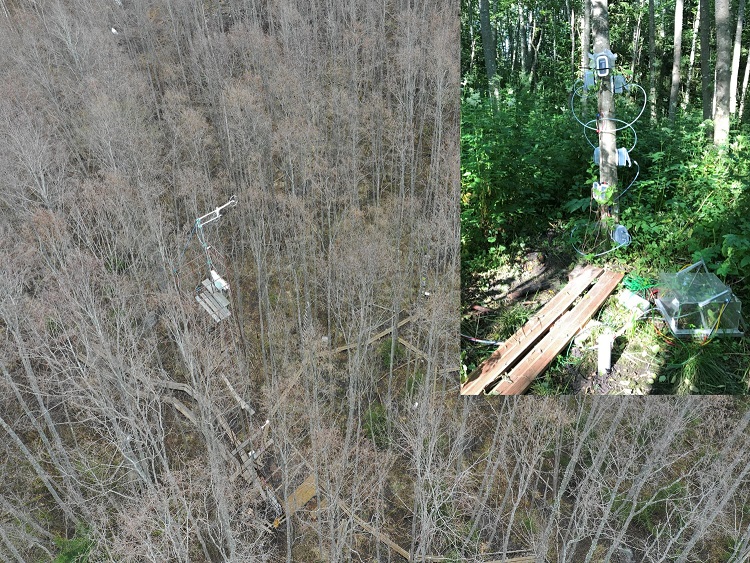 | 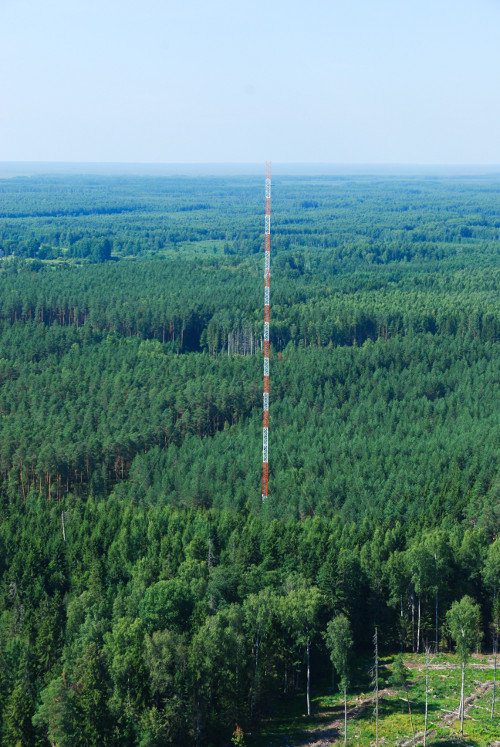 | 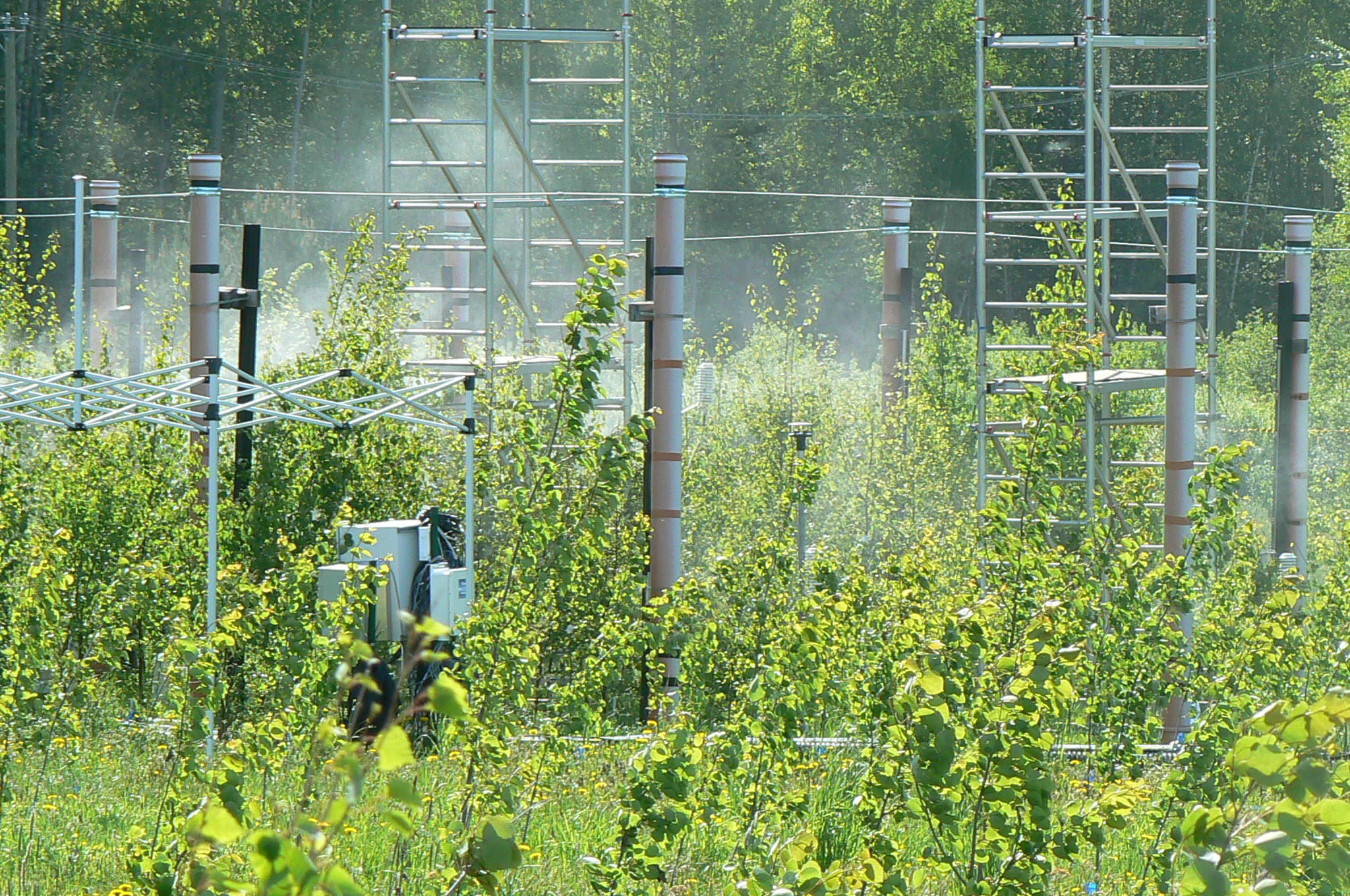 |
+
Tour 2: Lake Peipsi and restored industrial areas in North-East Estonia
The excursion is taking participants to the north eastern region of Estonia. On our way we visit Kauksi beach on the shore of Lake Peipsi (also known as Lake Peipus). Lake Peipsi is 5th largest lake in the Europe with an area of 3555 km2 and is the largest trans-boundary lake in Europe, lying in the border between Estonia and Russia. About 30 rivers flow into the lake and is drained by only Narva river, into the Baltic Sea. Many of those rivers, especially Velikaya (Russia) and Emajõgi are transporting nutrients from agriculture and from point sources into the lake and therefore the ecological conditions are poor and lake suffers from eutrophication.
After discussing several ecological problems that are impacting the lake we are going to Aidu quarry that is an open pit oil shale mine opened in 1974 and covering the area of about 25 km2. In 2012 Aidu quarry was closed and groundwater pumping also stopped that resulted unique artificial water bodies. These channel-shaped water bodies are ideal for canoeing and rowing and therefore modern water sports and recreation center was established. We also visit several formerly mined areas that are re-cultivated in environmentally sustainable and community-focused ways. For examples more than 14 000 hectares of land that is reforested. From Aidu quarry we hike to the top of the Sipelgamägi hill for spectacular views across former and present industrial landscapes and have a picnic. Our last stop will take us to the Ahtme oil shale ash plateaus that formed due to wet ash removal from thermal power plants combusting oil shale.
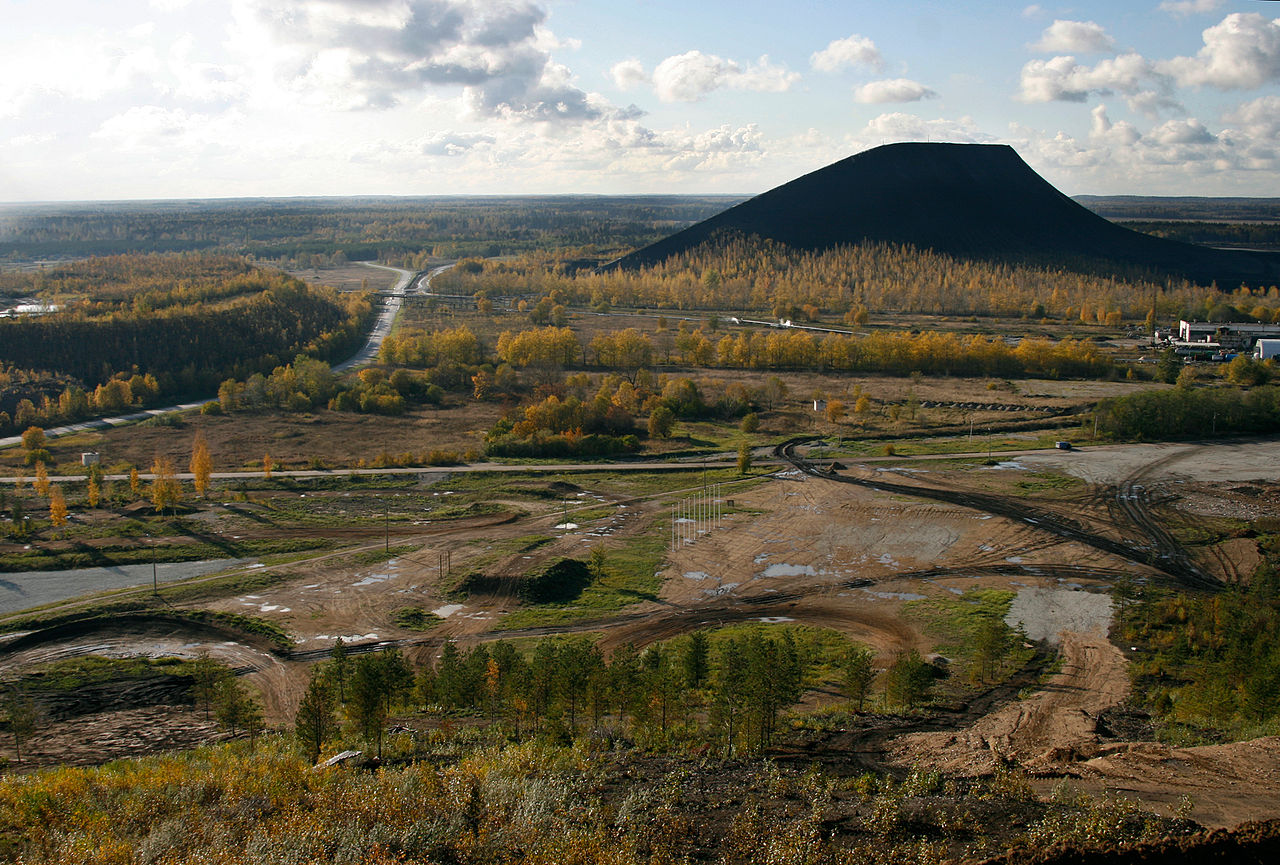 | 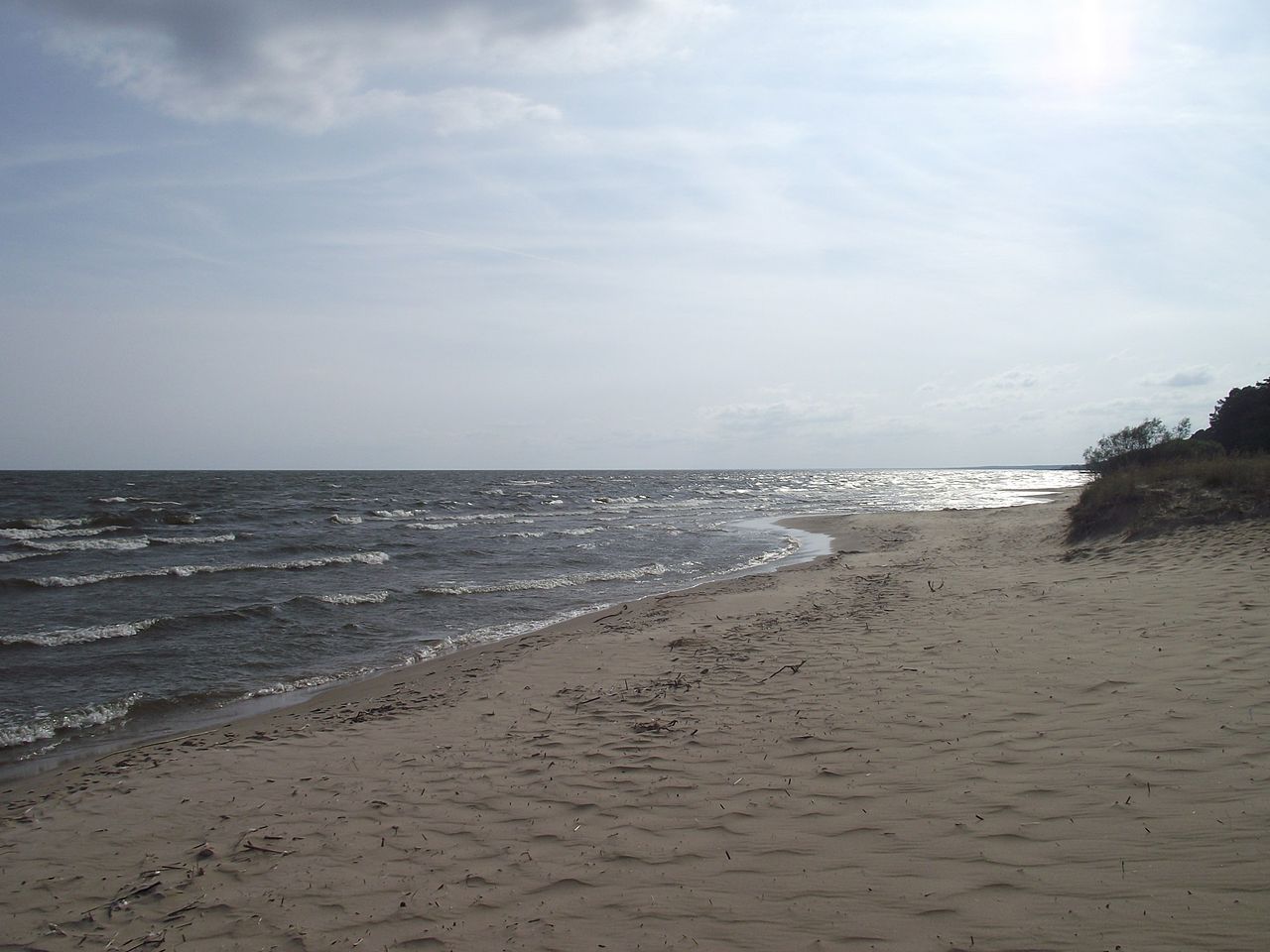 |
+
Tour 3: The Võrtsjärv Lake Limnology Centre, paludiculture plantation, and constructed wetland for agricultural runoff treatment
The excursion is taking participants to Lake Võrtsjärv and its surroundings. On the way to and from the Centre for Limnology (50 km from Tartu) we will visit the Lullisoo bog with Lake Mustjärv and The berry-growing Farm Marjasoo and Lake Võrtsjärv Visitor Centre at the mouth of the River Emajõgi (ca 3km walking, including boardwalk).
Centre for Limnology (CL) at Lake Võrtsjärv is hosting the Chair of Hydrobiology and Fishery (CHF) of Estonian University of Life Sciences (EMU). The history of CL goes back to year 1954 when a small field station of the Estonian Academy of Sciences was established in an abandoned farmhouse on the eastern shore of Võrtsjärv. Today the Chair constitutes a separate part of the Institute of Agricultural and Environmental Sciences at EMU.
The Lake Museum displays many fish species that inhabit the lake. The museum contains large aquariums with numerous fishes, aquatic plant and animal plankton species found in Estonian rivers and lakes. The museum also contains materials and exhibitions dedicated to the lake`s nature, its management and research activities.
Lake Võrtsjärv Visitor Centre at the outflow, the River Emajõgi, is constructed of ecological materials – clay, wood, chipboard and straw’s. The Visitor Centre provides information about tourism opportunities in Lake Võrtsjärv region.
The 15 m high wooden observation tower, located near the Visitor Center, offers a great view of Lake Võrtsjärv and the Emajõgi River Meadows.
The Farm Marjasoo specialized in wild berry growing on exploited peatland of Lullisoo bog. The farm started in 1988 with cranberry cultivation. Since then there were added blueberry fields, experiments have been made with cowberries.
Vända free surface water constructed wetland is located in the southeastern part of Estonia that consists of two, 0.5 ha wetlands and large sedimentation pond, which were constructed in 2015. Wetlands were created with varied bathymetry with shallow water areas that were planted with Typha latifolia and deep water areas for active sedimentation.The aim of the wetland system is to increase the local biodiversity and to reduce the impact of agricultural diffuse pollution to the nearby river Porijõgi.
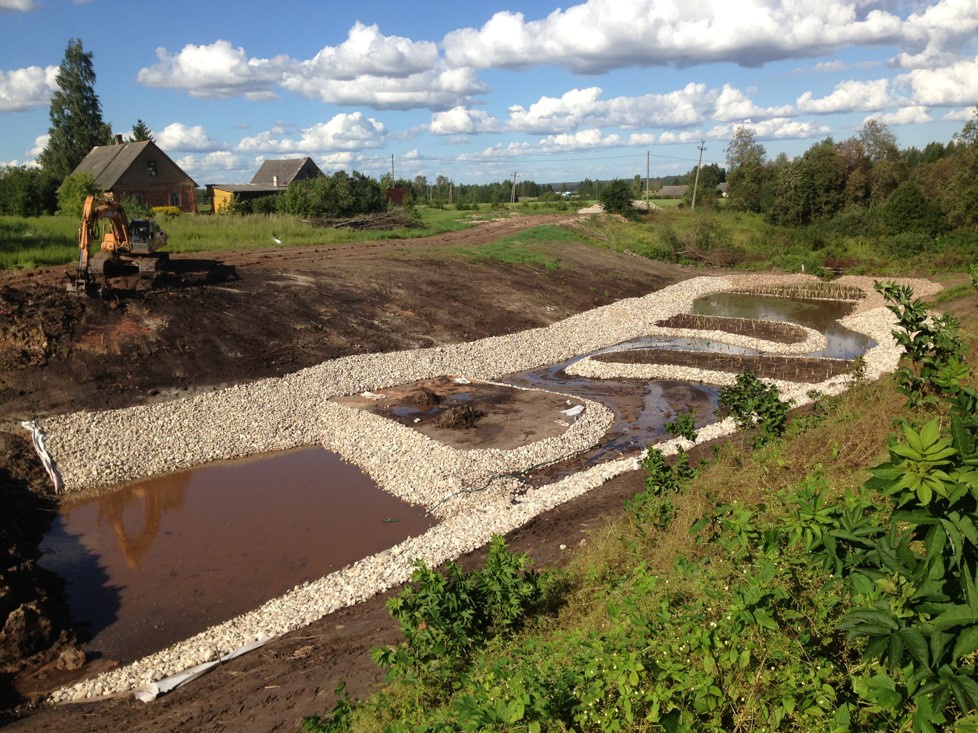 | 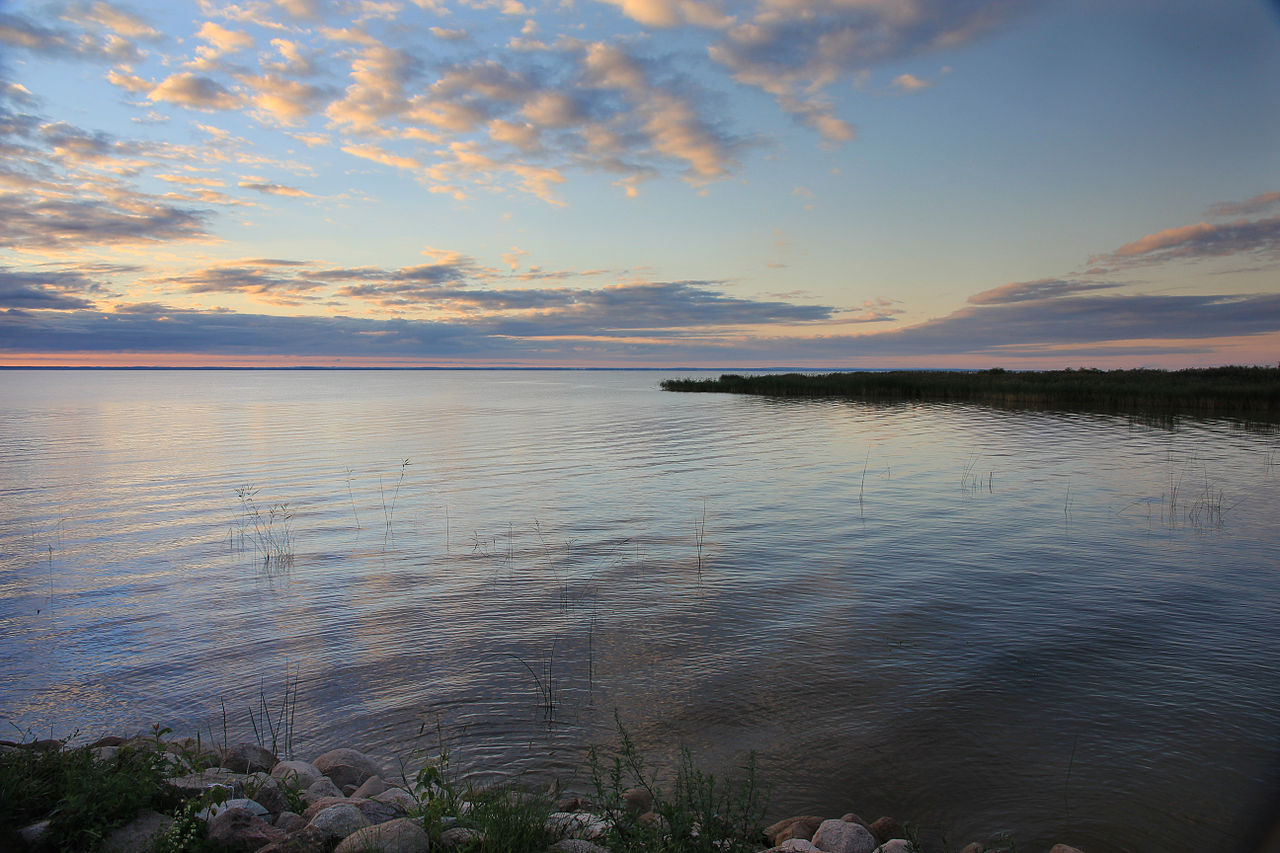 |
+
Tour 4: South-Estonian landscapes: Otepää and Karula hilly areas with several protected sites and cultural features, an old forest study station
The Otepää and Karula uplands are hilly areas with complex relief generated by different glacial processes. The variable pattern of different landforms is combined with long term human activities that have shaped the picturesque mosaic landscapes. The areas are rich in lakes and small mires, forest patches located on kames and farms with small fields scattered between hills. Both areas are protected as Natura 2000 areas.
However, the landscapes have undergone major landscape changes since the end of 19th century. Therefore, Otepää and Karula have become suitable areas to examine long-term human impacts to the natural environment. Due the hilly landscapes the slash and burn cultivation was still viable in this region 120 years ago and the features are still visible in landscape. Fens and wet forests have been used as hay meadows. Large portions of these former agricultural sites are protected as Natura 2000 habitats. During this excursion, we will visit different sites and the effects of land use on the landscapes and ecosystems will be discussed.
The Sangaste castle, built in 1879–1881 is great example of historicistic architecture. The manor complex has a large forest park in style of the English landscape garden, and an arboretum. Sangaste is Estonia’s rye capital as here in 1875 Count Friedrich Magnus von Berg the landlord of Sangaste manor developed the Sangaste rye, a famous variety still used in Estonian agriculture.
The Soontaga forest station is located in a 200-year-old hemi-boreal pine forest, with a second layer of spruce, in Southern Estonia. The station has the instrumentation to assess the exchange of carbon dioxide (eddy covariance-based net ecosystem exchange, NEE), soil respiration, tree biomass (above- and below-ground biomass) and different environmental and meteorological parameters. You will be introduced to studies about the forest’s carbon and nitrogen budgets; in particular the role of fine-root research and data in ecosystem studies and in total carbon budgets.
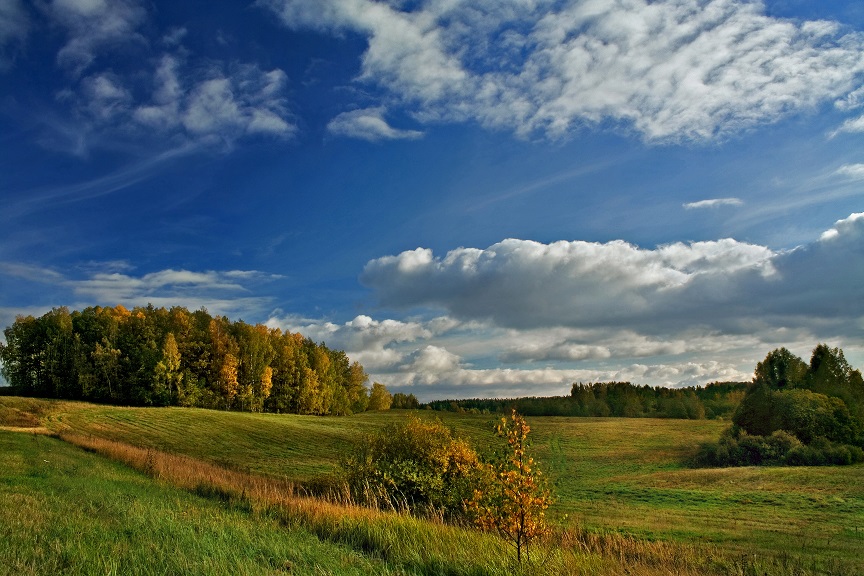 | 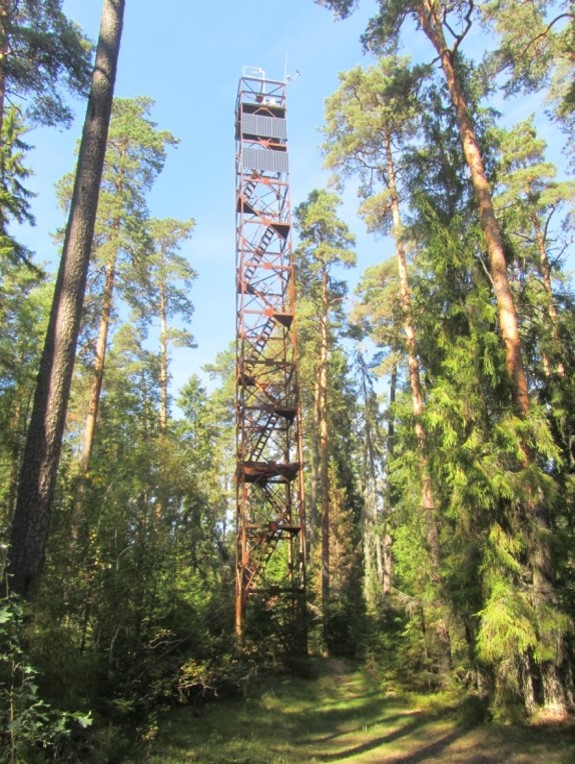 | 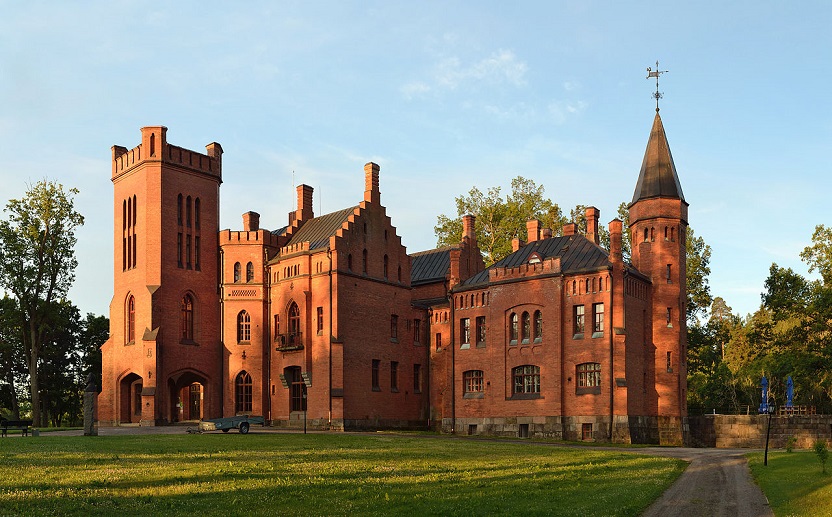 |
+
Tour 5: South-East Estonian landscapes: nature and culture of Setomaa and Suur-Munamägi, the highest hill in Estonia
Meenikunno Nature Reserve is anwell-preserved 6000-year-old raised bog surrounded old-growth forests.It covers 2,651 hectares and was founded to maintain and protect the unique bog, the lakes, small wetland patches well as the habitats of protected species. The south-western part of the bog arose when a body of water overgrew after the Ice Age more than 8,000 years ago. The development of the rest of the bog has started in a relatively unique way for Estonia: the bog peat has sedimented directly on the sand. The peat layers of the Meenikunno bog, which are up to six metres thick, are saturated with water but the sand beneath them is saturated only partially, so that the bog is ‘hanging’ on dry sandstone. This means that the ground water is deep down and there is a dry layer under the bog. The bog with the approximate area of 1,500 hectares is predominantly covered with scattered pine trees, but there are also several bog pools and lakes (Kamarusjärv, Middle Suujärv and Big Suujärv). Around the bog, old-growth pine and spruce forests on sandy soil dominate.
In addition to visit to scenic bog, we will also get acquainted with future plans to restore water level in surrounding forest areas that have been drained during Soviet time.
The unique and culturally rich Setomaa region provides traditions and lifestyle of Seto people. Setos are an indigenous ethnic and linguistic minority in south-eastern Estonia and north-western Russia. The Seto language (like Finnish and Estonian) belongs to the Finnic group of the Uralic languages. Along with Orthodox Christianity, vernacular traditional folk religion is widely practiced and supported by Setos. Seto Leelo – Seto polyphonic singing tradition – is listed as an Intangible Cultural Heritage element in Northern Europe by UNESCO. There are approximately 15,000 Setos around the world, but the bulk of them is found in the Setomaa region, which is divided between south-eastern Estonia (Põlva and Võro counties) and the north-western Russian Federation (Pechorsky District of Pskov Oblast). Setos are an officially protected ethnic minority of Pskov Oblast, Russia.
In Setomaa, we will visit Piusa-Võmmorski protected area where we explore the outcome of the restoration of heathland ecosystem from afforested area. In the same place, abandoned quarry has turned into habitat for Northern crested newt (Triturus cristatus). Together with the project manager, it is possible to discuss the outcome and effectiveness of restoration activities in degraded lands.
On the way back to Tartu the highest place of all Baltic countries –the 316 meters high Suur-Munamägi will be visited. It is situated in very picturesque hilly region of Haanja Nature Park.
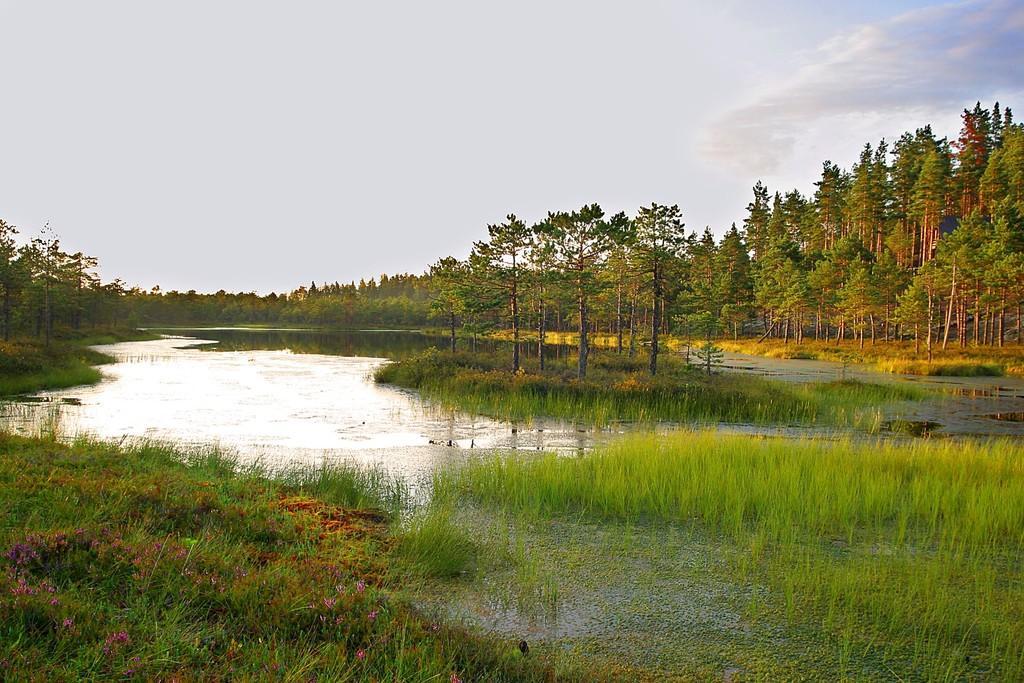 | 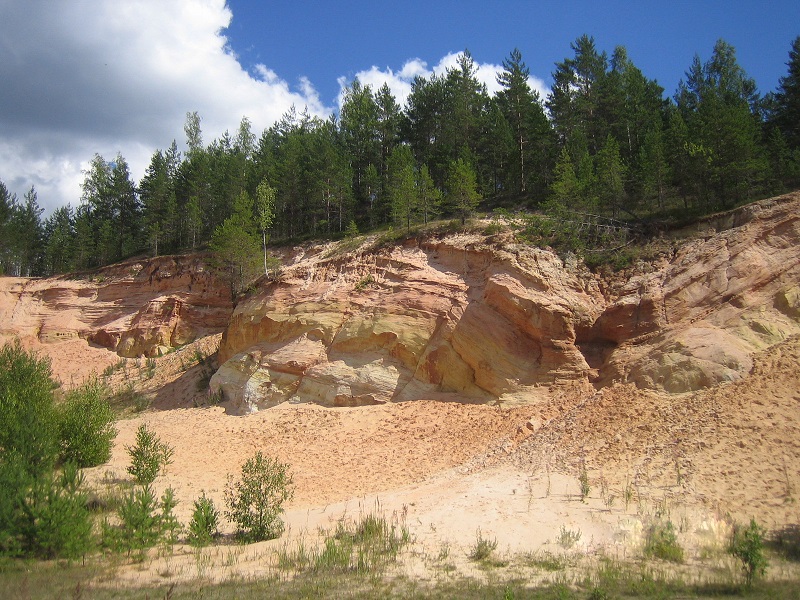 | 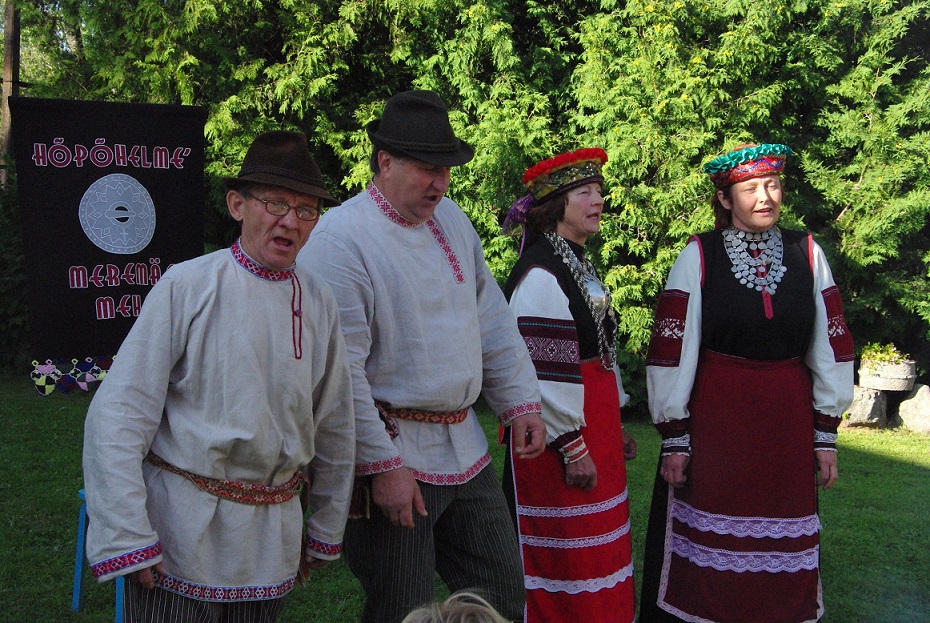 |
+
Tour 6: Männikjärve natural raised bog and peatland restoration sites in Laiuse and Endla
Männikjärve raised bog is well known for its picturesque convex bog landscape with well established hollow-ridge-pool systems including more than 120 pools and Lake Männikjärve. It forms part of Endla Nature Reserve which main assets are the diverse wetland habitats of bogs, overgrowing lakes and karst springs. Here, in historical Tooma village mire research in Estonia started in 1910.
There are eight raised bog massifs separated by rivers, bog forests and lakes, among those Linnusaare bog as on of the biggest. While core of the Linnusaare bog is in excellent natural condition and serves as strict nature reservate, silvicultural and agricultural drainage in marginal areas of the bog has been historically dug and nowadays in these areas bog restoration works have started since 2015.
Laiuse bog is characteristic for drumlin area – long and narrow squeesed between drumlins but with deep peat layer atop of gyttja and lake sediments. Part of the bog was used as milled peat production area until activity abandonment in end of 1980-ies. Bog restoration in abandoned area started in 2017.
The total walking distance is ca 5 km. Rubber boots or good hiking boots are recommended in Linnusaare restoration site, comfortable walking shoes can be used in Männikjärve and Laiuse bogs.
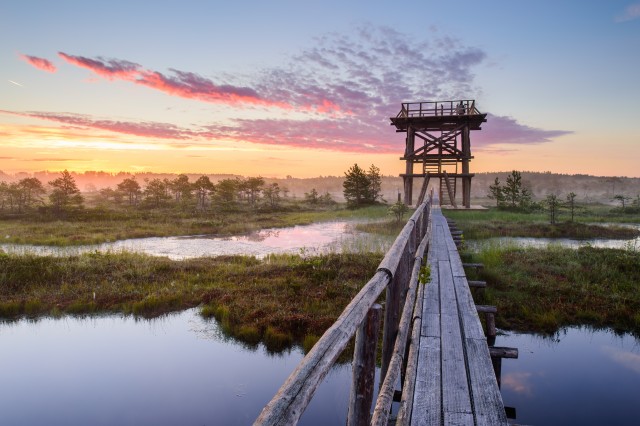
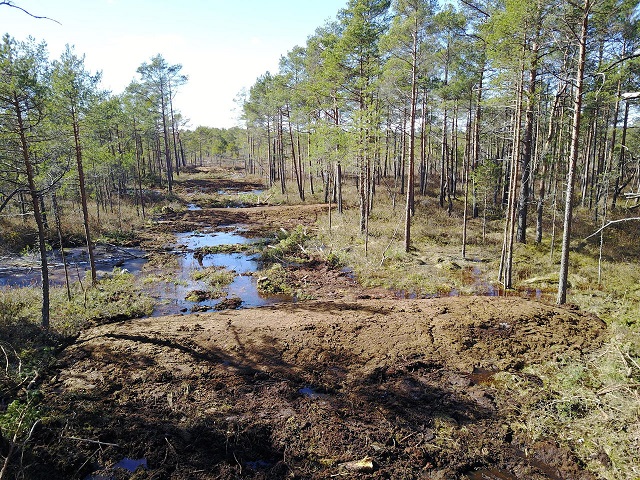
Tour 7: Emajõgi River floodpain wetlands
Siniküla peatland forest eddy tower and research station for carbon and nitrogen cycle studies, ship tour on Emajõgi river, nature study path and Nature Centre of Emajõe Suursoo (wetland complex in Emajõgi River mouth to Lake Peipsi).



Tour 8: South-Estonian peatland restoration and folklore tour
Peatland restoration complex in Ess-soo with eddy tower station, agricultural peatland site with eddy tower station, Estonian Folk Museum (open-air, Karilatsi).


Tour 9: Lake Võrtsjärv and Väike Emajõgi
Võrtsjärv Limnology Centre and barge trip on Võrtsjärv Lake and Väike-Emajõgi River to Greete Motel, the tallest log house in Estonia.
This tour costs 80€ due to the extra costs of the barge rental and social programme on the barge.



Tour 10: Soomaa National Park
Kuresoo bog the largest raised bog in Estonia (study path, unique bog-edge slope, restored part).



Tour 11: Central-Estonian peatlands and history tour
Kauru raised bog, Põltsamaa Castle and F.G.W. Struve Geodetic (Meridian) Arc World Hertage site.





